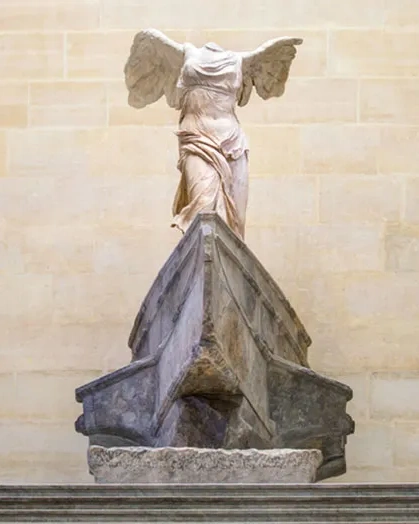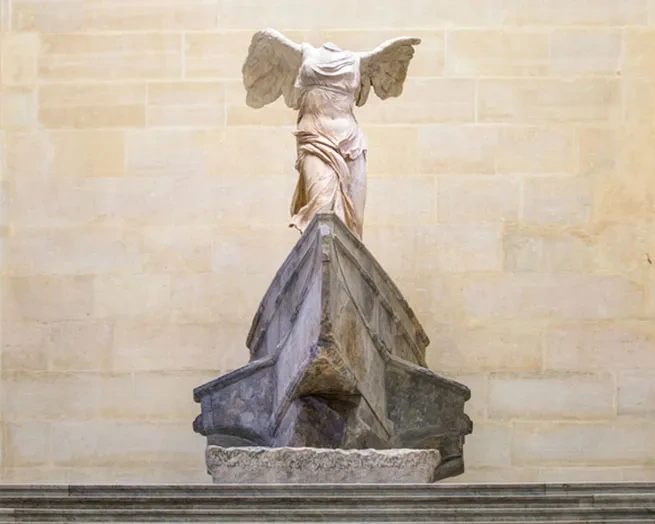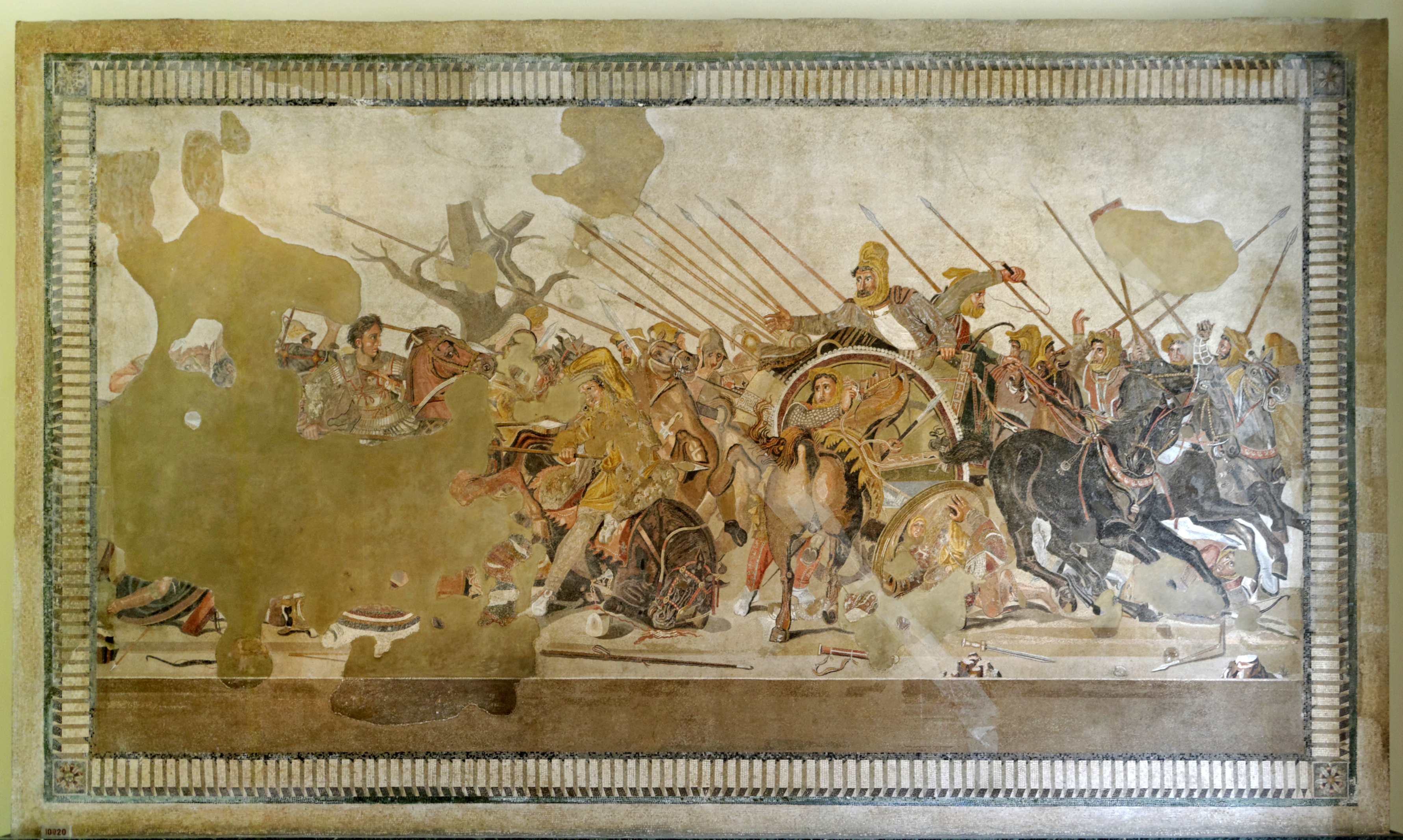Exploring the Legacy of Hellenistic Art: From Sculpture to Architecture
Discover how Hellenistic art shaped Western art, pushing boundaries with naturalism and emotion, leaving a lasting cultural impact.


Introduction to Hellenistic Art
Hellenistic art refers to the art produced during the Hellenistic period, which began after the death of Alexander the Great in 323 BCE and ended with the conquest of the Greek world by the Romans in 146 BCE.
It was a time of great artistic achievements and cultural exchange, as Greek culture and ideas spread throughout the conquered regions. Hellenistic art is primarily expressed through sculpture, although other art forms such as painting and architecture also flourished during this period.
The Hellenistic period was marked by the division of Alexander the Great’s empire into smaller dynastic empires. This fragmentation allowed for the spread of Greek culture and ideas, as well as the emergence of Greek city-states such as the Aetolian League and Achaean League. These city-states played a significant role in asserting Greek independence and contributed to the flourishing of Hellenistic art.
Historical Background of Hellenistic Art
The Hellenistic period began after the death of Alexander the Great and was characterized by the division of his empire into smaller dynastic empires.Greek culture and the Greek language had a significant influence during this period, spreading throughout the conquered regions and leaving a lasting impact. The emergence of Greek city-states, such as the Aetolian League and Achaean League, also played a role in asserting Greek independence.
During this period, there was a significant cultural exchange between the Greeks and the conquered peoples, resulting in a fusion of artistic styles and ideas. The Hellenistic period also saw the rise of powerful kingdoms, such as the Ptolemaic Kingdom in Egypt and the Seleucid Empire in the Near East, which became centers of artistic patronage and innovation. These kingdoms attracted artists and intellectuals from different regions, leading to a vibrant artistic scene.
Characteristics of Hellenistic Art
Hellenistic art moved away from the idealized forms of the Classical period and focused on depicting extremes of emotion and everyday life. Sculpture, in particular, became more naturalistic and expressive, capturing the complexity of human emotions and the diversity of human experiences. Hellenistic artists expanded the range of subject matter, depicting not only gods and heroes but also grotesques, children, and elderly people. Experimentation with new techniques and mediums was also common in Hellenistic art, with artists pushing the boundaries of artistic representation.
One example of the naturalistic and expressive nature of Hellenistic art is the sculpture group known as the Laocoön and His Sons. This masterpiece depicts a tragic scene from Greek mythology, where the Trojan priest Laocoön and his sons are being attacked by sea serpents. The sculpture captures the intensity and drama of the Hellenistic period, with the writhing bodies and anguished expressions of the figures conveying a sense of despair and suffering.
Sculpture in Hellenistic Art
Hellenistic sculptors introduced new poses and ways of depicting gods, breaking away from the traditional conventions of the Classical period. For example, Eros, the god of love, was often shown as a young boy with a mischievous smile, capturing the playful and youthful nature of love. Aphrodite, the goddess of love, was depicted nude, emphasizing her beauty and sensuality. Notable sculptures from the Hellenistic period include the Laocoön and His Sons, a masterpiece depicting a tragic scene from Greek mythology, and the Winged Victory of Samothrace, an iconic representation of Nike, the Greek goddess of victory.
Hellenistic sculptors achieved greater naturalism and expressiveness, pushing the boundaries of artistic representation. They captured the intricacies of human anatomy and emotions, creating sculptures that were more dynamic and lifelike. The Winged Victory of Samothrace, for example, is known for its sense of movement and the dramatic drapery of the figure’s garments, which appear to be billowing in the wind.
Painting and Mosaics in Hellenistic Art
While fewer paintings from the Hellenistic period have survived, mosaics were a prominent form of artistic expression. Mosaics depicted a variety of subjects, including landscapes, mythological scenes, and scenes from everyday life. Hellenistic artists developed new mosaic techniques, such as opus tessellatum and opus vermiculatum, which allowed for intricate and detailed compositions. Mosaics of the period often showcased turning movement, expressive faces, and a realistic representation of nature.
One notable example of Hellenistic mosaics is the Alexander Mosaic, which depicts the Battle of Issus and Alexander the Great. This mosaic showcases the intricate detail and skill of Hellenistic mosaic artists, with the figures depicted in various poses and the landscape rendered with a high level of precision. The mosaic captures the intensity and chaos of the battle, with Alexander the Great at the center, leading his troops to victory.
Architecture in Hellenistic Art
Hellenistic architecture featured large urban plans, parks, theaters, and monumental temples. The Temple of Olympian Zeus in Athens and the Great Altar of Pergamon are notable examples of Hellenistic architecture. Hellenistic architects integrated Greek architectural elements with local influences, resulting in a diverse range of architectural styles in different regions. The influence of Hellenistic architecture extended beyond the Hellenistic period and had a significant impact on subsequent periods, including the Roman Empire.
One example of Hellenistic architecture is the Great Altar of Pergamon, located in present-day Turkey. This monumental structure was adorned with intricate friezes depicting mythological scenes and battles, showcasing the skill and craftsmanship of Hellenistic sculptors and architects. The architecture of the altar reflected the grandeur and power of the Pergamon Kingdom, with its impressive scale and detailed ornamentation.
Influence of Hellenistic Art on Later Periods
Hellenistic art had a lasting impact on later artistic movements. Roman collectors were avid patrons and collectors of Greek art, including Hellenistic works, which influenced Roman art and continued the Hellenistic tradition. The exploration of emotion, naturalism, and expanded subject matter in Hellenistic art paved the way for artistic styles in subsequent periods. The legacy of Hellenistic art can be seen in the Roman Imperial period and beyond, as artists drew inspiration from the achievements of the Hellenistic era.
One example of the influence of Hellenistic art on later periods is the Venus de Milo, a renowned sculpture of the goddess Aphrodite (Venus). This sculpture, created during the Hellenistic period, showcases the idealized beauty and sensuality that became a hallmark of Hellenistic art. The Venus de Milo became an iconic representation of female beauty and had a significant influence on subsequent depictions of the goddess of love in Western art.
Notable Examples of Hellenistic Art
There are several notable examples of Hellenistic art that have survived to this day. The Alexander Mosaic, a famous mosaic depicting the Battle of Issus and Alexander the Great, showcases the intricate detail and skill of Hellenistic mosaic artists. The Laocoön Group, a renowned sculpture group depicting the Trojan priest Laocoön and his sons being attacked by sea serpents, captures the intensity and drama of the Hellenistic period. The Pergamon Altar, adorned with intricate friezes depicting mythological scenes, is another impressive example of Hellenistic art. The Venus de Milo, a renowned sculpture of the goddess Aphrodite (Venus), and the frescoes at the Villa of P. Fannius Synistor at Boscoreale, showcasing scenes from Roman life and mythology, are also noteworthy examples.
These examples of Hellenistic art showcase the diversity and range of artistic expression during the Hellenistic period. From sculptures that capture the depth of human emotions to mosaics that depict intricate landscapes and mythological scenes, Hellenistic art continues to captivate and inspire viewers today.
Conclusion
Hellenistic art, with its naturalism, expressiveness, and expanded subject matter, played a significant role in the development of Western art. It captured the diversity of human experiences and emotions, pushing the boundaries of artistic representation. The legacy of Hellenistic art can be seen in subsequent periods, as it influenced Roman art and continued to inspire artists throughout history. The achievements of Hellenistic art continue to be appreciated and studied for their artistic and cultural significance.
